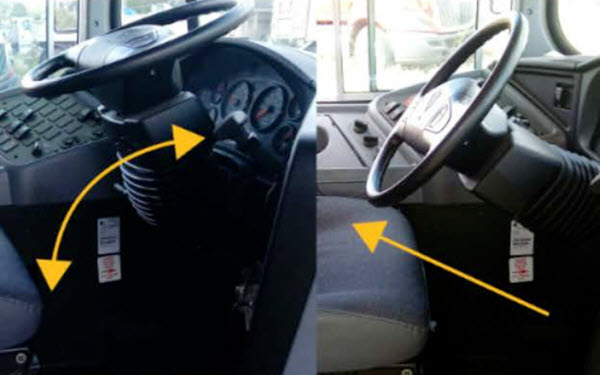When designing buses, our goal is to create a vehicle that appeals to drivers. As such, our team focuses heavily on how drivers use their buses, day-to-day.
We create bus designs to support their activities and tasks. And during the design process, we take actual driver measurements to help maximize driver comfort and minimize fatigue.
We also modify our bus designs repeatedly to ensure the end product is ergonomically friendly.

“It’s quite simple. Taking a systematic approach to understanding how drivers interact with a vehicle allowed our team to build a bus that makes it easier for bus drivers to do their jobs.”
—Lenora Hardee IC Bus Chief Technology Engineer







Longhorn Bus Sales (Houston)
14201 Hempstead Rd.
Houston, Texas 77040
(713) 631-9306 | (800) 392-5356
© 2025 | Longhorn Bus Sales | All rights reserved.